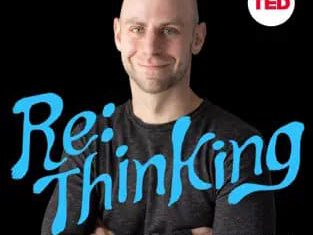The next mental model to unpack is the Law of Small Numbers. The basic idea here is that the smaller a sample size you have, the more variation in patterns you will see. As a result, don’t trust estimates unless they’re based on a large sample size.
I enjoy messing with this law early in sports seasons. For example, if a baseball player hits two home runs on opening day, I might jokingly say to wife “Wow, he’s on pace to 324 homers this season!”. Clearly that won’t happen, but the estimate isn’t technically inaccurate.
Tossing a coin is the same way. After a few tosses, there’s a good chance that it won’t be 50/50. For example, if you toss a coin 4 times, there’s only 37% chance of landing each side twice; you’re actually more likely to be 3/1. However, the more tosses you make, the closer the numbers will get to 50/50.
It’s fun to play with this in terms of sport, but can be dangerous when looking at the stock market, medical trends, or politics. Always look at the sample size to determine if it’s large enough to really be showing a trend, or if it’s a small sample size with an odd outcome that would likely go away with more volume.




